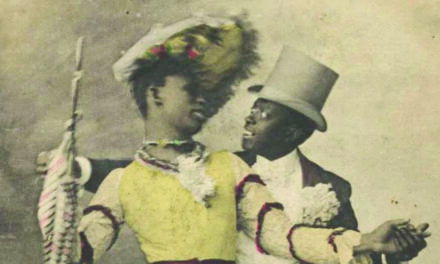On Jan. 22, Miners discovered an abundance of electrically charged stones in the Democratic Republic of Congo (DRC). These stones, dubbed the real-world equivalent of vibranium, a fictional material in the Marvel Cinematic Universe, have gone viral.
Both video’s show workers holding rocks with a metallic luster that could illuminate a small light when connected to wires. The initial Instagram post with these videos received more than 10,000 likes.
Individuals have asked, “If the DRC has the leadership ability necessary for such a discovery?” B.A. Kinsley, a multi-published author, said, “With the discovery of Vibranium (Electrically charged stones – Lithium), the Democratic Republic of Congo has no excuse to be poor. Report says the country is one of the poorest country in the world despite large mineral deposit with global demand. Leadership syndrome!”
Many distinguished people have stated their theories on how these stones are electrically charged. Daddy Mo, a renowned scientist, said, “Apparently vibranium in the black panther movie is based off of coltan, which can be found in abundance in Congo, Africa.”
I must be pretty captivating cause I got you to read this far.
Well, I have something to tell you.
I lied. Multiple times, actually.
Here’s the truth. There have been no electrically charged stones discovered in the DRC. This is yet another example of social media’s ability to spread false information and how gullible society can be. A study by the Massachusetts Institute of Technology about the spreading of falsehoods found that “false news stories were 70 percent more likely to be retweeted than true stories were.” Even more surprising, “it wasn’t bots spreading most of the falsehoods, they found. It was real people doing most of it. Usually ordinary people, too.”
Falsehoods are 70% more likely to be retweeted than the truth. In an effort to help lower this number, I’m going to break down two ways “my article” above should have indicated something was wrong and how to look out for these issues in the future.
1. My Source
The only actual source I gave was a singular Instagram post. A variety of sources is essential for credibility. It’s crucial to see different news sources to ensure the information you’re obtaining is accurate. The link I attached was from an Instagram account called “National Black Guide.” This page did not provide any source or indication of where they received this video from. I actually could not find the original source of the video. It’s imperative to be skeptical when identifying the way information is spread. Always ask, “How do they know this?” and “Why should I trust this?”
2. My “Experts”
I validated a quote from B.A. Kinsley by stating he was a published author. However, I did not mention that his works are about Nigerian politics, self-improvement and poetry. My “renowned scientist,” Daddy Mo, is actually not renowned in his field. His “renowned” status is due to his large following on his personal Twitter account. I couldn’t even find his real name; Daddy Mo is his Twitter handle. These details make it impossible to use these individuals as expert sources, invalidating their agreement and support of the discovery of the electrically charged stones. An expert source should check at least two of the four: authored works that have been reviewed by multiple credible sources, affiliated with a reputable organization, recognized as an expert in their area or a position of authority due to their employment. Ask yourself, “why should this person’s opinion matter and carry weight?”
Social media has allowed misinformation, half-baked ideas and batty 2 A.M. thoughts to be amplified. It’s of utmost importance to think critically about the information pumped out.





